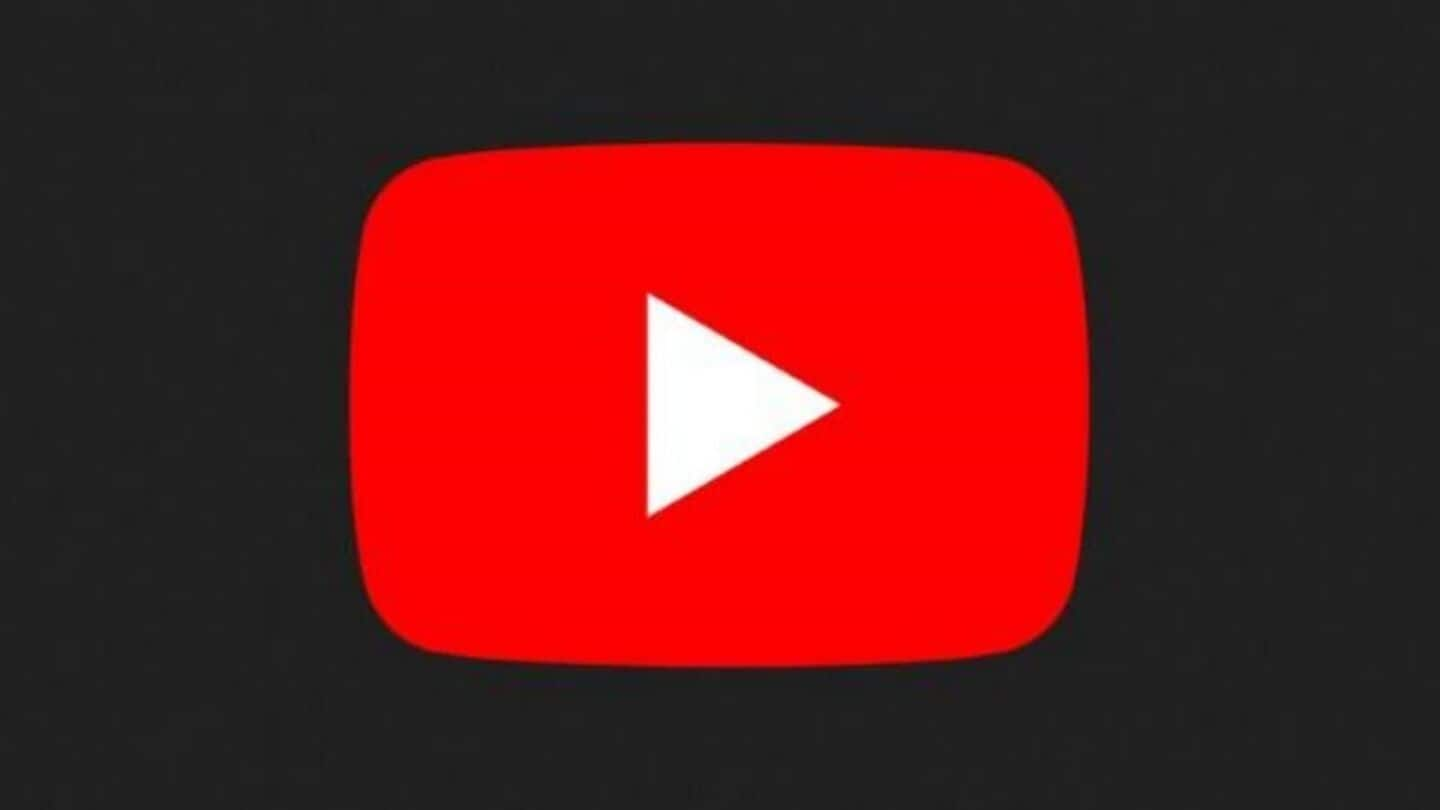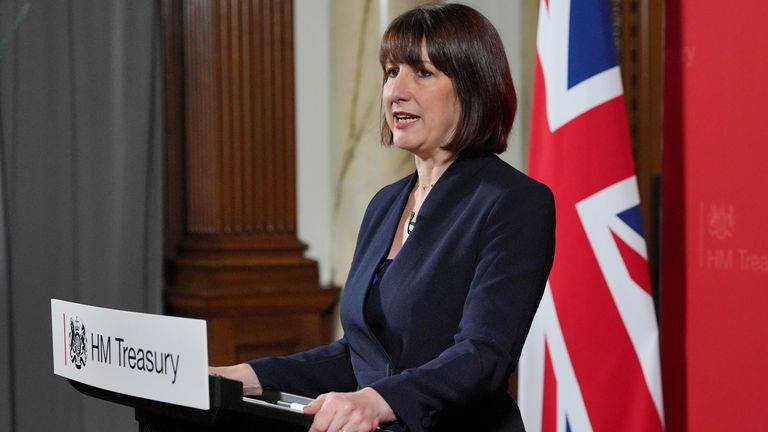Platform Expands Efforts to Tackle Harmful Content While Balancing Free Speech In a move that signals its growing commitment to addressing online harm, YouTube has announced major adjustments to its content moderation guidelines. The changes come in response to mounting criticism over the platform's handling of harmful, misleading, and offensive content. While YouTube has long maintained that it aims to balance free expression with community safety, the platform’s revised guidelines mark a more proactive approach to tackling misinformation, hate speech, and abusive behavior.The updates are expected to have significant implications for both content creators and viewers, as the platform looks to refine its moderation policies while facing scrutiny from lawmakers, advertisers, and the general public.
Key Changes to YouTube’s Moderation Guidelines
YouTube’s new content moderation policies focus on four main areas: misinformation, hate speech, harassment, and misinformation in the context of emerging technologies such as artificial intelligence (AI). The platform has clarified its stance on these issues and introduced stricter enforcement measures designed to ensure safer user experiences.
1. Stricter Policies on Misinformation
In response to concerns over the proliferation of false information, particularly during elections and public health crises, YouTube has rolled out enhanced rules targeting misinformation. Under the new guidelines, videos that promote false claims regarding elections, vaccine safety, climate change, and public health will face immediate removal. Additionally, YouTube will further penalize channels found repeatedly spreading misleading information.
“We are deeply committed to protecting the integrity of information on our platform,” said Neha Kapoor, YouTube’s Head of Policy. “This policy update reflects our understanding that harmful misinformation can have real-world consequences, and we must take a stronger stance in curbing it.”However, YouTube maintains that it will continue to allow content that fosters healthy debate, as long as it does not promote falsehoods or mislead viewers.
2. Addressing Hate Speech and Extremist Content
Another significant update is YouTube’s expansion of its ban on hate speech and extremist content. Previously, the platform removed videos that directly incited violence, but under the new guidelines, YouTube will now take action against content that promotes harmful stereotypes, fosters hatred toward specific communities, or attempts to radicalize viewers.
The new policy explicitly prohibits content that expresses support for groups identified as terrorist organizations or that promotes discriminatory ideologies based on race, religion, gender, or sexual orientation.
“Content that encourages division or hatred is a direct violation of our community guidelines,” Kapoor explained. “We want to foster an environment where users feel safe and respected, and harmful content that fuels animosity goes against that mission.”

3. Enhanced Measures Against Harassment
YouTube is also ramping up its efforts to tackle harassment and cyberbullying. With a focus on protecting vulnerable creators and users, the platform now imposes harsher penalties on individuals who engage in targeted harassment. These measures include stricter monitoring of comment sections, automatic content flagging for abusive language, and expedited removal of content that violates harassment policies.
This update is partly in response to the growing issue of online abuse targeting creators, particularly women, LGBTQ+ individuals, and people of color.
“We understand the impact that harassment can have on people’s well-being,” said Alexis Roberts, YouTube’s Chief Safety Officer. “Our new policies aim to protect creators from harmful interactions while promoting positive engagement within the community.”
4. AI-Generated Content and Deepfake Detection
In an effort to stay ahead of emerging threats, YouTube is placing particular focus on AI-generated content and deepfakes. With the rise of sophisticated technology that allows for the creation of realistic fake videos, YouTube has introduced a series of guidelines to combat the spread of AI-generated disinformation.
The platform will now require clear labeling of any content created with AI tools and will remove videos that use deepfake technology to deceive viewers, particularly if it is used to manipulate public opinion or damage reputations.“AI is changing the way content is created, but it also presents new challenges when it comes to authenticity and trust,” said Tom Yates, Director of YouTube’s Trust and Safety division. “Our updated guidelines reflect the need to keep pace with these technologies while safeguarding our community.”
Balancing Free Speech and Safety
One of the most difficult aspects of moderating a platform as large and diverse as YouTube is balancing the right to free speech with the need for user safety. YouTube has long struggled with this issue, facing criticism from both sides of the political spectrum. Some users argue that the platform censors too much content, while others believe it is too lenient on harmful material.
In a bid to navigate these challenges, YouTube’s new guidelines aim to strike a more transparent balance. The platform has emphasized its commitment to maintaining free expression while also ensuring that harmful content is swiftly addressed.
“We recognize that our role as a platform is not just to facilitate free speech, but also to ensure that our community remains safe and inclusive,” Kapoor added. “We believe these new guidelines are a step in the right direction.”
Enforcement and Transparency: YouTube’s Commitment to Accountability. To improve accountability, YouTube is implementing additional transparency measures, including detailed reports on how the platform enforces its new policies. The company has also introduced clearer channels for users to appeal decisions and challenge content removal, with a dedicated team to review contested claims.
Furthermore, YouTube is working on enhancing its collaboration with independent fact-checking organizations and policy experts to ensure that its guidelines remain effective and in line with the latest global standards.
“We know that our policies must evolve to keep up with changing technology and societal trends,” said Kapoor. “We’re committed to being transparent with our community and ensuring our moderation decisions are based on well-defined and fair standards.”
What Does This Mean for Content Creators?
For content creators, the changes bring both challenges and opportunities. Creators who thrive on controversy or produce content that skirts the line of YouTube’s guidelines may see stricter enforcement on their channels. On the other hand, those producing educational, fact-based, and community-positive content are likely to see more support as YouTube pushes to prioritize trustworthy and responsible creators. Creators who have concerns about the new policies can visit YouTube’s updated guidelines page, where they will find more detailed explanations of what constitutes harmful content and how they can comply with the platform’s rules.

YouTube’s updated content moderation guidelines represent a critical evolution of the platform’s approach to online safety and content integrity. As digital platforms become increasingly central to public discourse, YouTube’s ability to manage harmful content while fostering a space for free expression will be closely scrutinized. While the new rules are sure to spark debate, the company’s effort to create a safer and more transparent environment for users is an important step forward. Whether these changes will be enough to address the ongoing concerns surrounding online content remains to be seen, but YouTube’s latest adjustments show its commitment to evolving alongside the challenges of the digital age.
Uphorial.



